 [Image: The Central Park bolt, photographed by The Bowery Boys].
[Image: The Central Park bolt, photographed by The Bowery Boys].One of many memorable images from Marguerite Holloway's recommended new book The Measure of Manhattan is the Central Park bolt, a 19th-century survey marker affixed in place by John Randel Jr., original surveyor of Manhattan's street grid.
The bolt is, in Holloway's words, "the relic of an invisible intersection, one city leaders had planned to build in 1811 but that had never been constructed." In fact, she adds, these "planned but never realized intersections" are rare but not, in fact, unique, low in number but peppered around the island like acupuncture points that somehow materialized before the body they were meant to intensify. The city lives alongside and strangely amidst other, historically unrealized versions of itself.
This particular "grid bolt," as Holloway goes on to describes it, is now "long-forgotten," but has recently become "part of the National Spatial Reference System database." This means, as she phrases it, that a "bolt on a rock in a park on an island is connected to the satellites that travel above us in great arcs," incorporated into the great digital systems of earth-measurement—or geodesy—used today.
 [Image: A photo of Benchmark B taken by Tullio Aebischer, courtesy of Discovery News].
[Image: A photo of Benchmark B taken by Tullio Aebischer, courtesy of Discovery News].I thought of this when reading earlier this winter about a "Roman marker used to measure the Earth" that had been found "near the town of Frattocchie along one of the earliest Roman roads which links the Eternal City to the southern city of Brindisi."
To refer to it as "Roman," however, is a bit misleading, as it was actually laid in the mid-1800s by Father Angelo Secchi—not in the days of ancient Rome—as part of an attempt to establish a comprehensively measured geographic baseline; this baseline could be used to support much larger calculations that would ultimately verify (or not) the mathematically projected shape of the Earth. It thus acted as a verification point for abstract speculation.
A geographer named Tullio Aebischer explained how it worked to Discovery News back in January:
“We found it after a long archival research and a georadar survey. The discovery will allow us to precisely verify the ancient measurements with modern GPS technologies,” Aebischer said.Today, the marker is referred to as Benchmark B—with Benchmark A located back in Rome proper, near the tomb of Cecilia Metellaan architectural feature familiar to any fans of Piranesi. More specifically, it is "hidden under a manhole in the middle of the road at the Cecilia Metella mausoleum"—as such, surely a worthy target for urban explorers intent on bringing to light the forgotten objects and spaces of geographic history.
“The measurements along the Appian Way were part of surveys which began in the middle of the 18th century and spread all over Italy, in Europe, especially in France and Lapland, and in South America. The aim was to measure the shape of the Earth,” Aebischer said.
Buried benchmarks, competing meridians, rejected state lines, shifting global poles, mistaken horizons: one can easily imagine a kind of amateur archaeology dedicated to exploring nothing but obsolete regimes of territorial management, whole planet-spanning systems of measurement whose function depends on these almost impossibly mundane, mud-covered artifacts.
If Borges, say, is their poet laureate, then we might say that these—lost bolts, grids, and baselines—are the sites and relics of other Earths that nearly were, derelict props from a Borgesian folklore now geodetically coextensive with the planet.
In any case, both of the examples referred to here are all but forgotten 19th-century objects—a plaque and a bolt—that nonetheless now participate in much larger-scale projects of measurement, one planetary, the other civic: two physical monuments to older ways of modeling, measuring, and definitively interpreting something as unassuming as the ground.
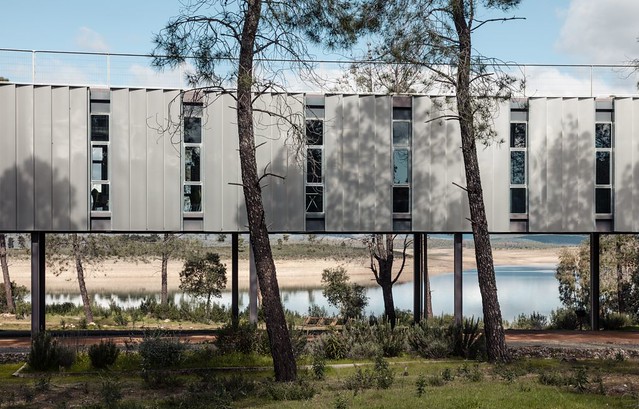
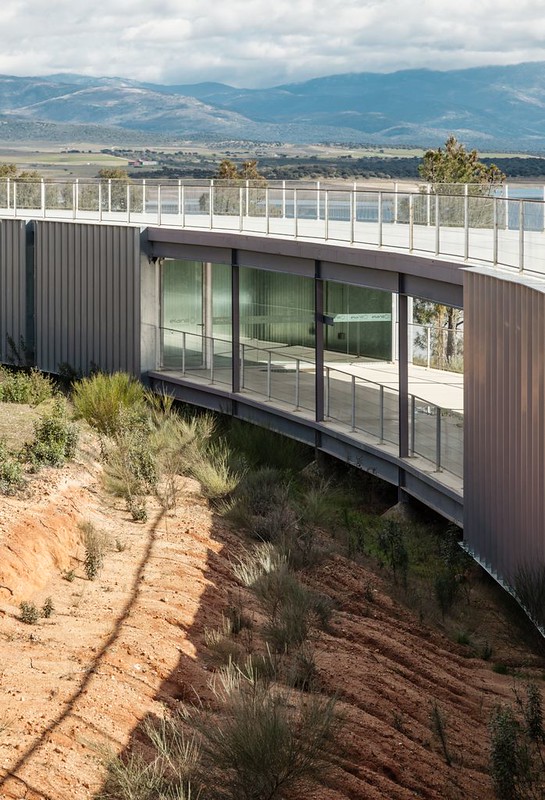
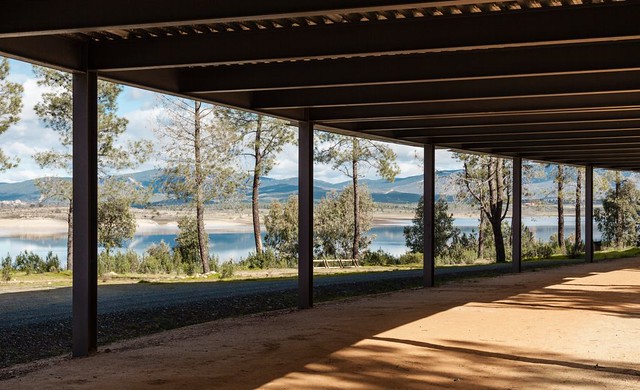

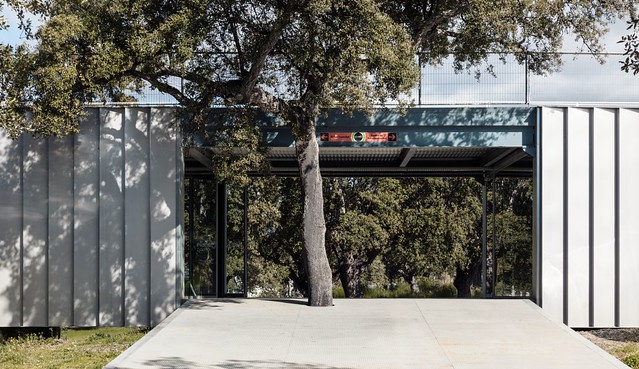
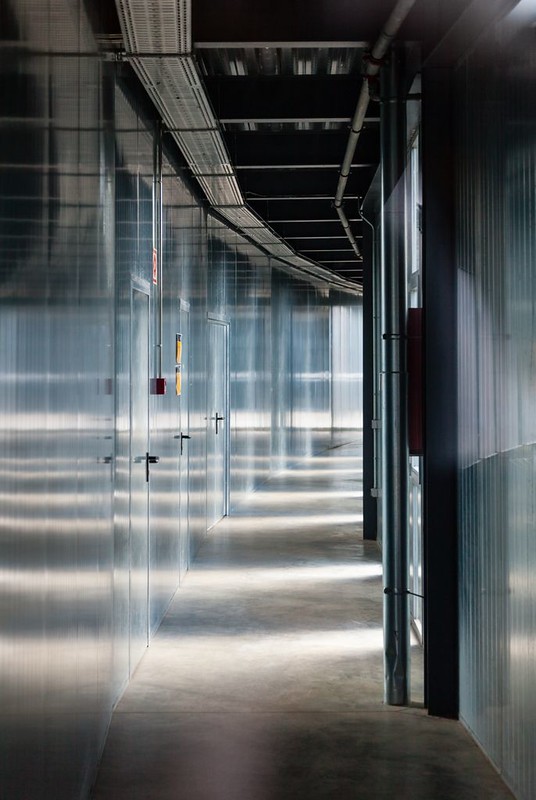
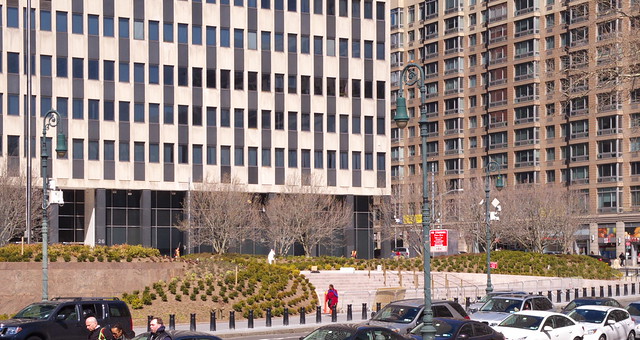
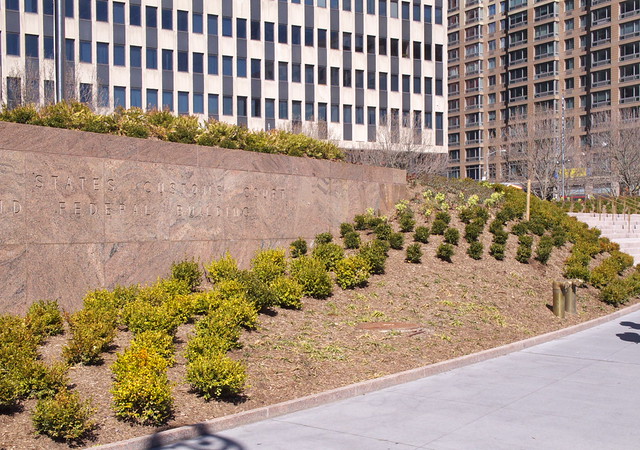
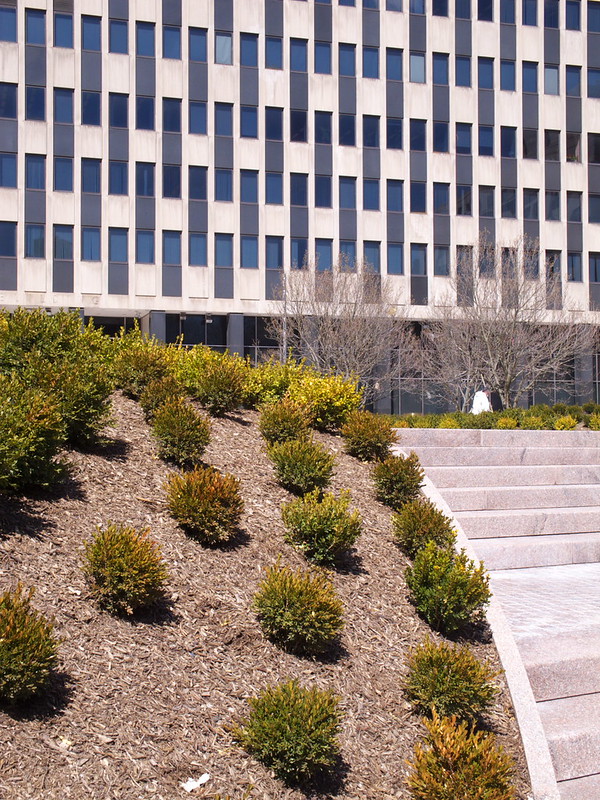

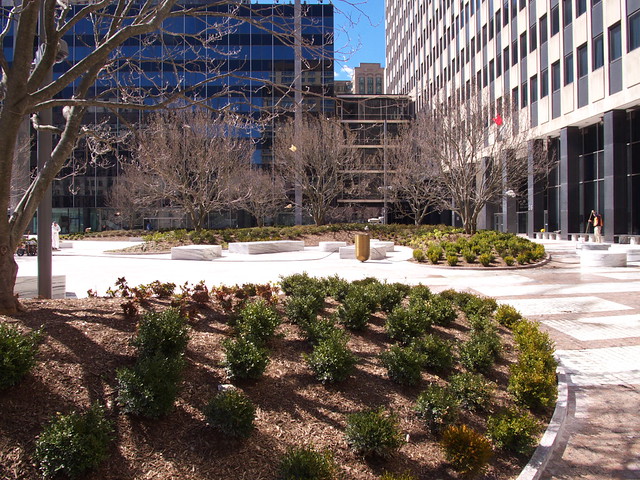



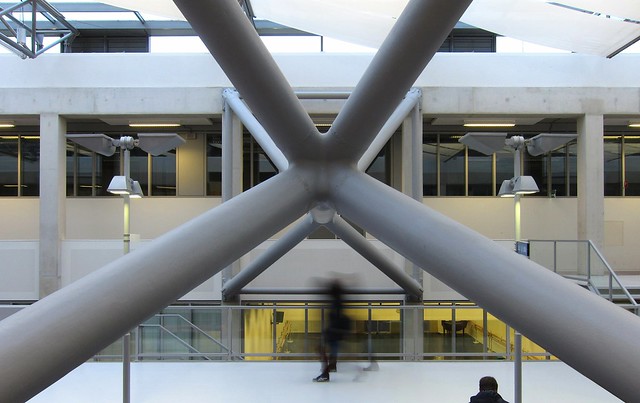
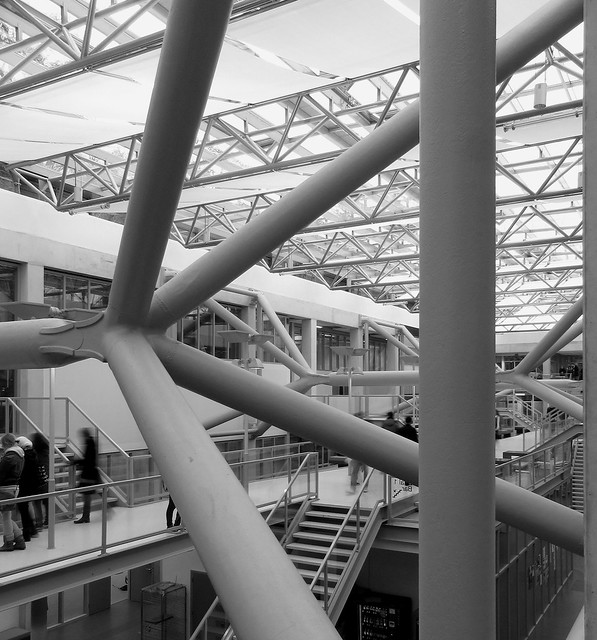

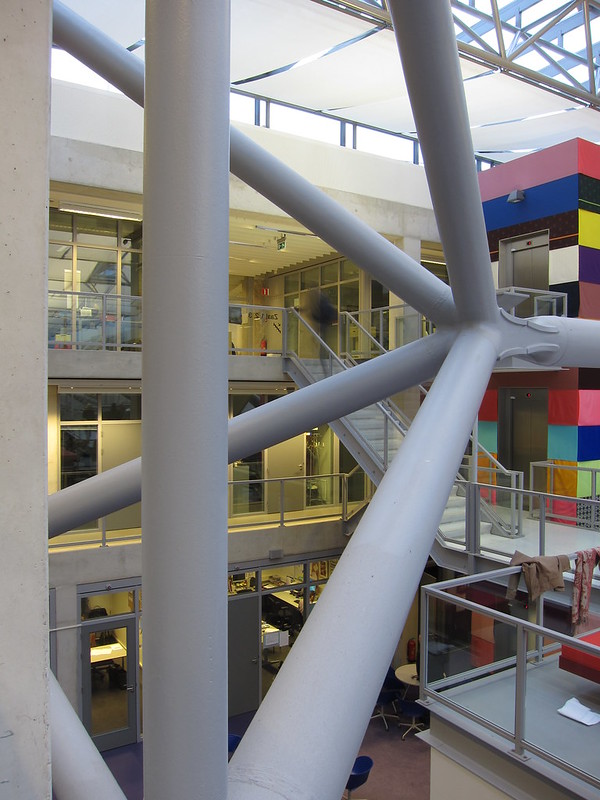
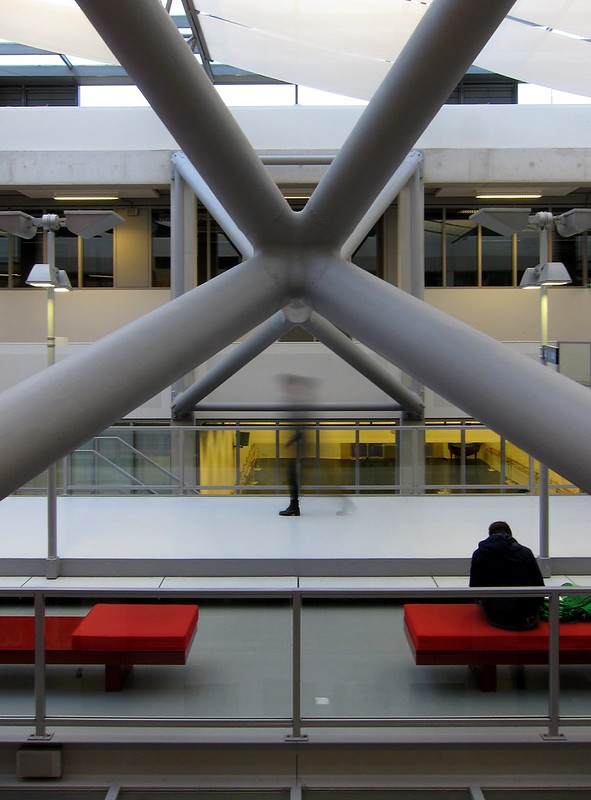
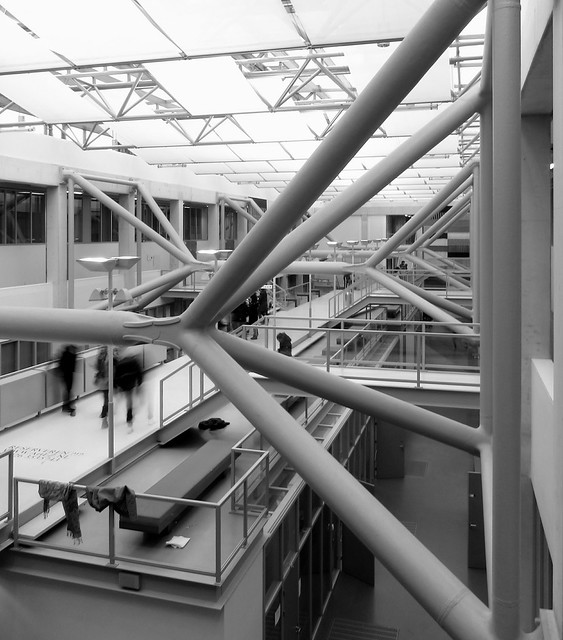






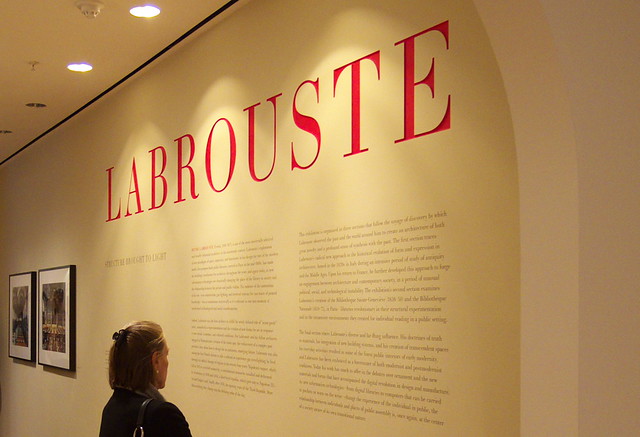
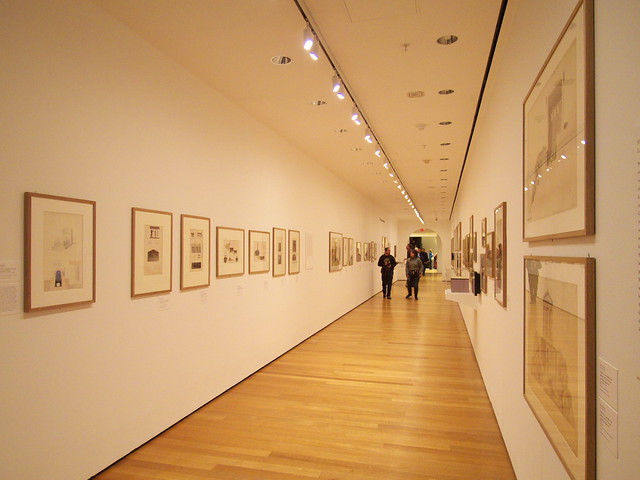
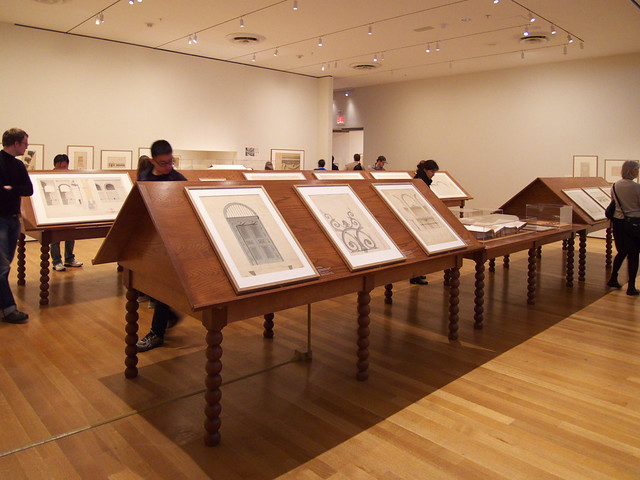
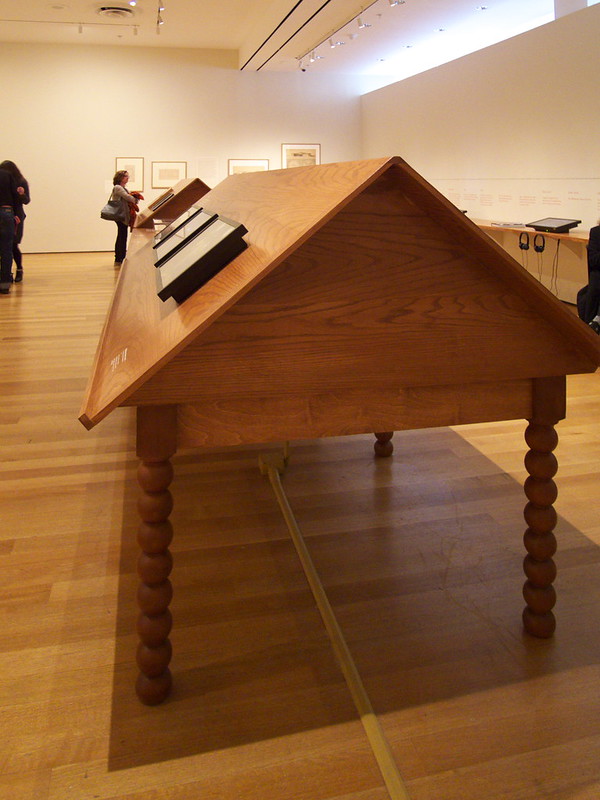
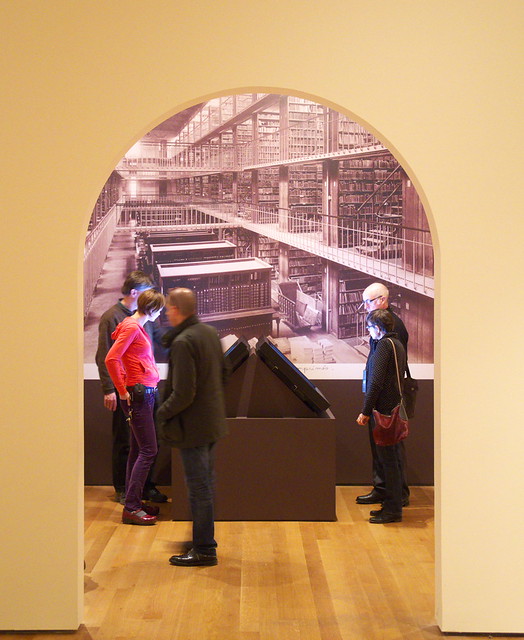


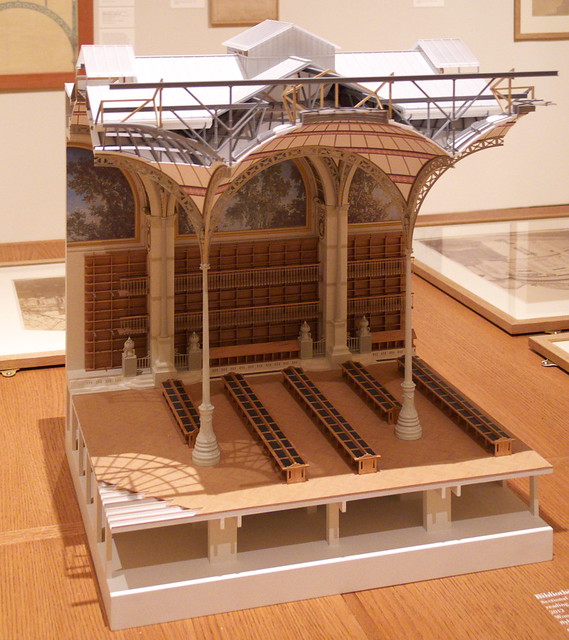











.jpg)









